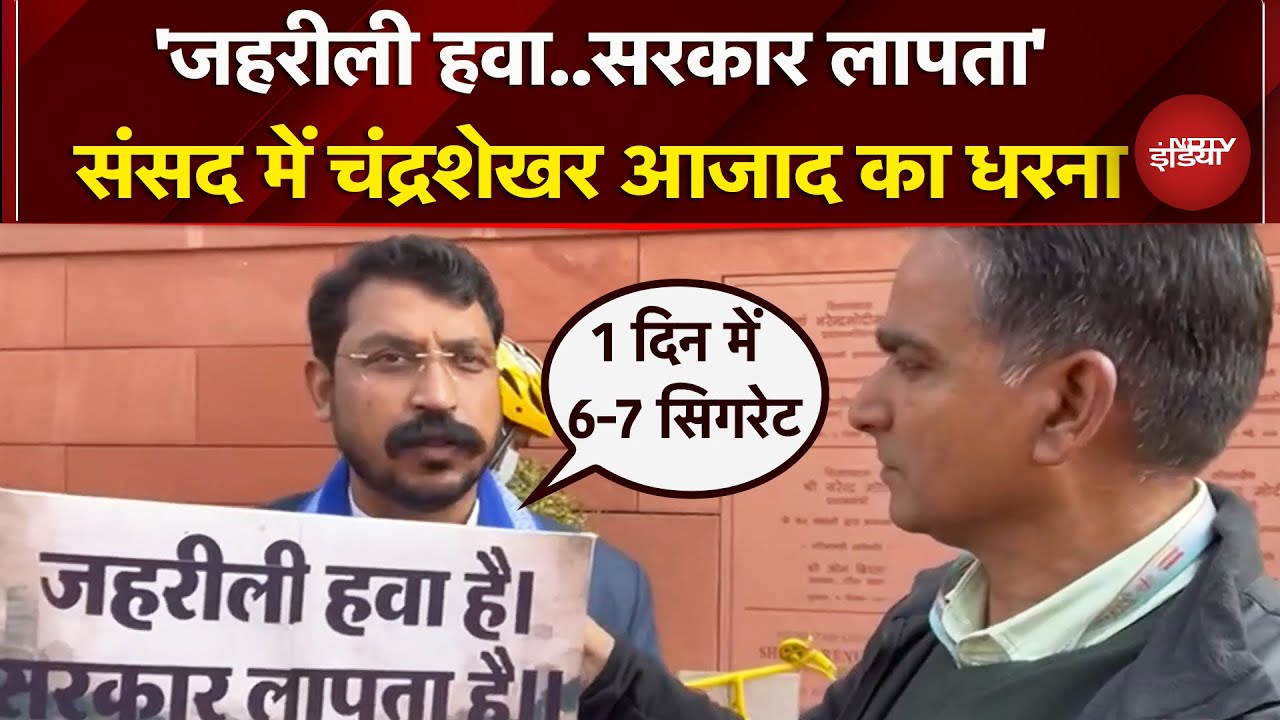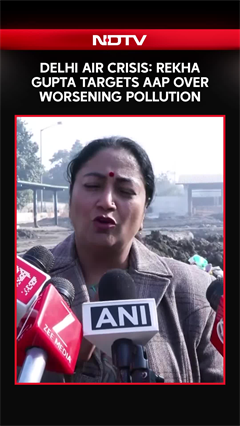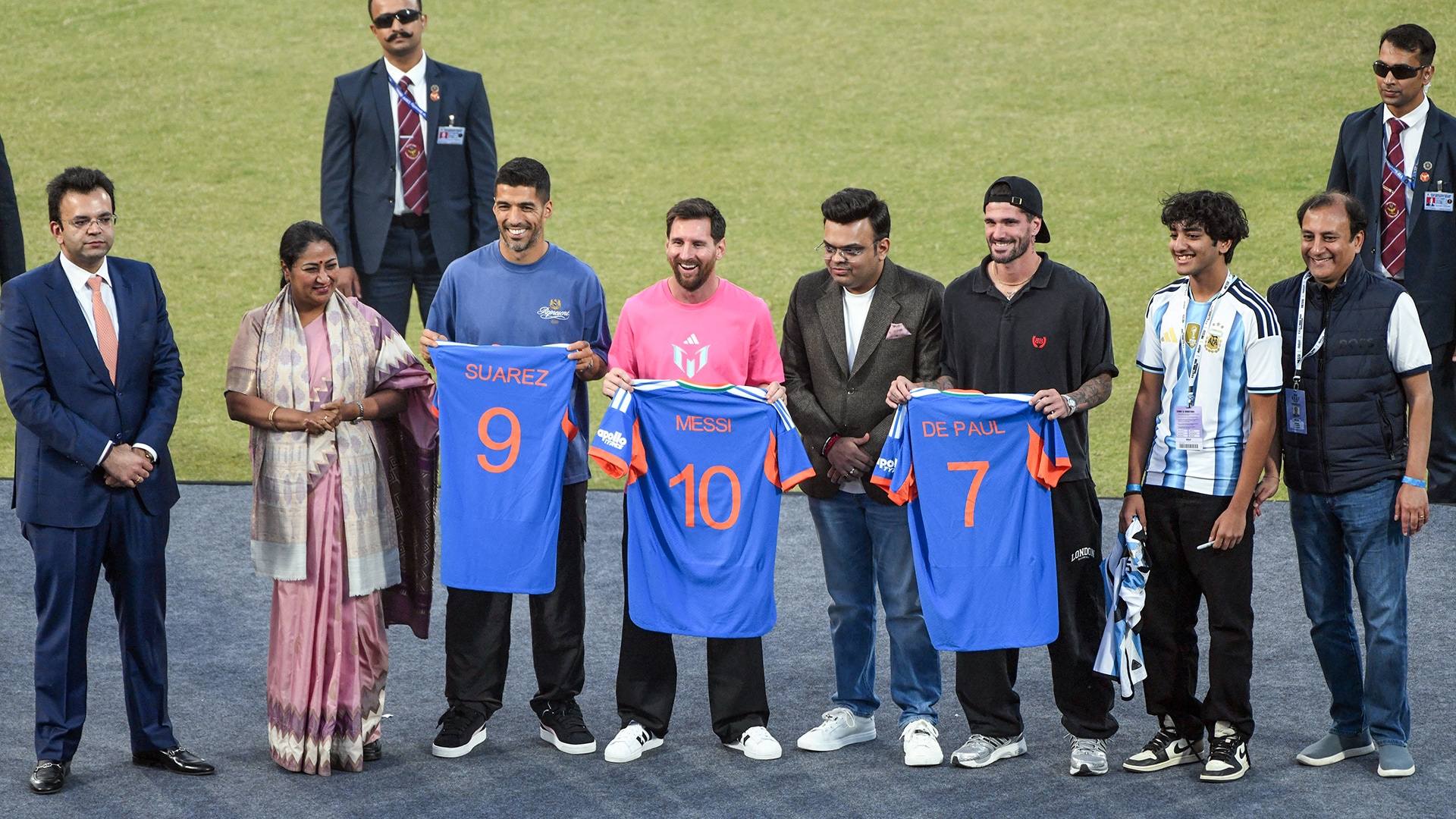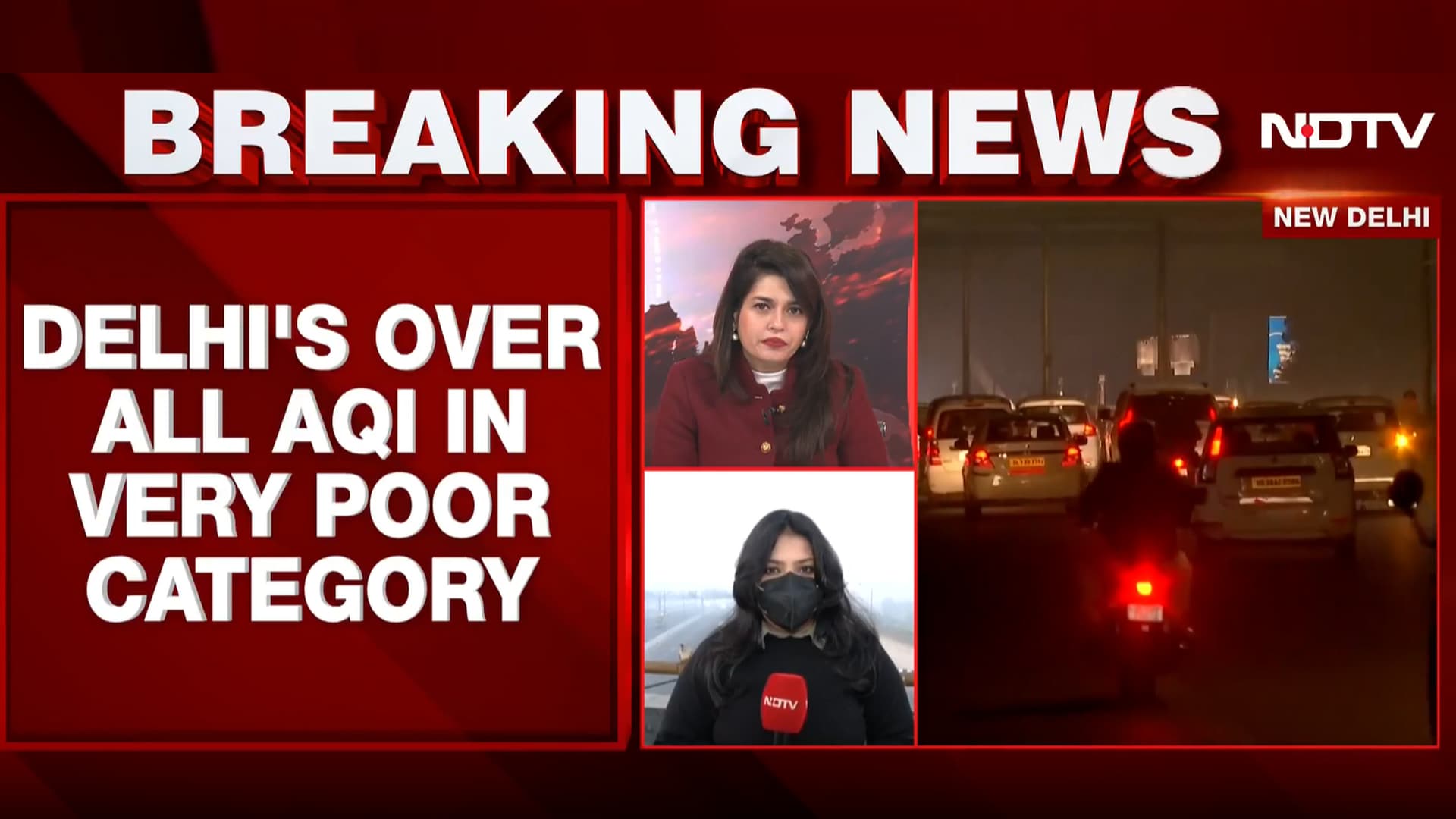- Home/
- Delhi Air Pollution Is Cutting Lives Shorter by Almost 10 years: Report
Delhi Air Pollution Is Cutting Lives Shorter by Almost 10 years: Report

Delhi is the world's most polluted city with air pollution shortening lives by almost 10 years, while in Lucknow it's 9.5 years, according to the latest Air Quality Life Index by the Energy Policy Institute of University of Chicago (EPIC).
This is a pollution index that translates particulate air pollution into its impact on life expectancy.
The Indo-Gangetic Plain is the most polluted region in the world (see image below). Over half a billion people from Punjab to West Bengal are on track to lose 7.6 years of life expectancy on average, if current pollution levels persist according to the report.

The most polluted region of India is the Indo-Gangetic plains
This makes air pollution more lethal than smoking which reduces life expectancy by 1.5 years and child and maternal malnutrition's 1.8 years.

Life expectancy impact: Air pollution worse than smoking, child and maternal malnutrition
While India is the second-most polluted country after Bangladesh, the immense Indo-Gangetic Plain is more polluted than it with PM 2.5 levels in 2020 measuring 76.2 micrograms/cubic metre vs 75.8 ug/m3. India's average is far lower at 56.8 but take north India out of the equation, then the rest of India's PM 2.5 level falls even lower to under 40 micrograms/cubic metre.
Delhi's PM 2.5 levels measured 107.6, over ten times the WHO's safe limit of just 5. PM 2.5 is an extremely tiny particulate matter made of toxic substances which settles deep in the lungs and other organs, beating the body's defences.
The report's authors call it the greatest global health threat with risks beginning right from the foetus stage.
Despite the lockdown, air pollution levels in India continued to rise in 2020, shortening the average Indian life expectancy by five years, compared to the global average of 2.2 years. This is a pan-South Asia crisis with levels rising in Pakistan and Bangladesh as well.
The reasons are clear. In the last two decades or so, vehicular traffic and coal-fired power plants are up three to four times across the region. This has been compounded by crop burning, brick kilns and other industrial activity.
India's particulate pollution has increased rapidly during this time. Since 1998, the average annual particulate pollution has increased by 61.4 per cent as per EPIC's report.
Globally, since 2013, about 44 per cent of the world's increase in pollution has come from India. Dr Christa Hasenkopf, Director of AQLI explains how. "From 2013-2020, there was a global decrease in PM2.5.
However, if you look at countries that experienced an increase over that interval and calculate their average increase, India accounts for a substantial portion of that increase - which is to what that stat is referring. India has such a large impact on the world's population-weighted average pollution levels because of its large population."
Incidentally, since 2013 China has cut its emissions by almost 40 per cent. However, as the report points out, much of this success came 'from a "command and control" playbook that generally does not consider how to minimize the costs of achieving their goals.'
In India, air pollution barely makes the cut as a political issue outside the peak-pollution winter months. That's not to say there hasn't been any action. There's been an alphabet soup of agencies and plans - CPCB, EPCA, GRAP, NCAP etc. and most recently CAQM a powerful body which had taken some steps last winter most notably shutting down coal-fired power plants to cut pollution in the Capital.
But overall air pollution has remained very high and as this report points out there's a pressing need for solutions to not be Delhi-centric.
Latest Stories
- Reported by Ishika Verma | Wednesday December 17, 2025 , New Delhi
As the Delhi government prepares to tighten pollution control measures, petrol pump dealers in Delhi have issued a strong caution over the proposed "No PUC, No Fuel" rule.
- Reported by Shreya Ghosh | Wednesday December 17, 2025
A long-awaited discussion on air pollution is likely to take place during the Parliament's Winter Session proceedings on Thursday.
- Wednesday December 17, 2025 , Dehradun
As a thick winter smog once again engulfs Delhi, forcing schools to shut intermittently and residents indoors, thousands of people are heading for the hills in search of cleaner air.
- Written by Toshita Sahni , Edited by Neha Grover | Wednesday December 17, 2025
A viral video showing a traffic jam near a popular tourist spot in Himachal Pradesh has sparked a discussion about people fleeing air pollution in North India.
- Written by NDTV Auto Desk | Wednesday December 17, 2025
The Delhi government has banned the entry of non-BS-VI vehicles registered outside of the national capital.
................................ Advertisement ................................
Latest Videos
Opinion
Blog | Well Done, Delhi. You've Turned Lung Sacrifice Into A Badge Of HonourSaikat Kumar Bose
Monday November 10, 2025Till some years back, Delhiites would ask angry questions to those in power about the capitals annual tryst with toxic air. This has changed. Those in the driving seat dont see the need to answer now.
Opinion | Why Indians Have Just Given Up On Air Pollution CrisisTanushree Ganguly
Friday December 20, 2024While some may argue that people in Delhi are now more aware of air pollution than they were a decade back, my rebuttal would be that awareness does not mean that people are concerned.
Opinion | You Must Outrage Over Filthy Air More Than Once A YearJyoti Pande Lavakare
Tuesday December 10, 2024Delhi welcomed us with monsoon rains and mangos. We were home. Fast forward a couple of years, in the winter of 2012, I found myself in denial about something other parents, mostly expats, were calling toxic air.
Opinion | Delhi's Air Pollution Situation Is Like A Bad MarriageNishtha Gautam
Friday November 22, 2024On a good day, such as today, the AQI reading in Delhi is 407. We are jubilant at the sickly sunshine trickling through the slightly dissipated smog. At least its not 1600.
दिवाली... पराली... सियासी जुगाली!Ashwini kumar
Monday November 18, 2024दिल्ली-एनसीआर में प्रदूषण का समाधान तो आज तक मिला नहीं. हर साल चिंतित होकर हम-आप सांसों की तकलीफ के साथ-साथ दिल और ब्लड प्रेशर के मरीज भी क्यों बनें?


















